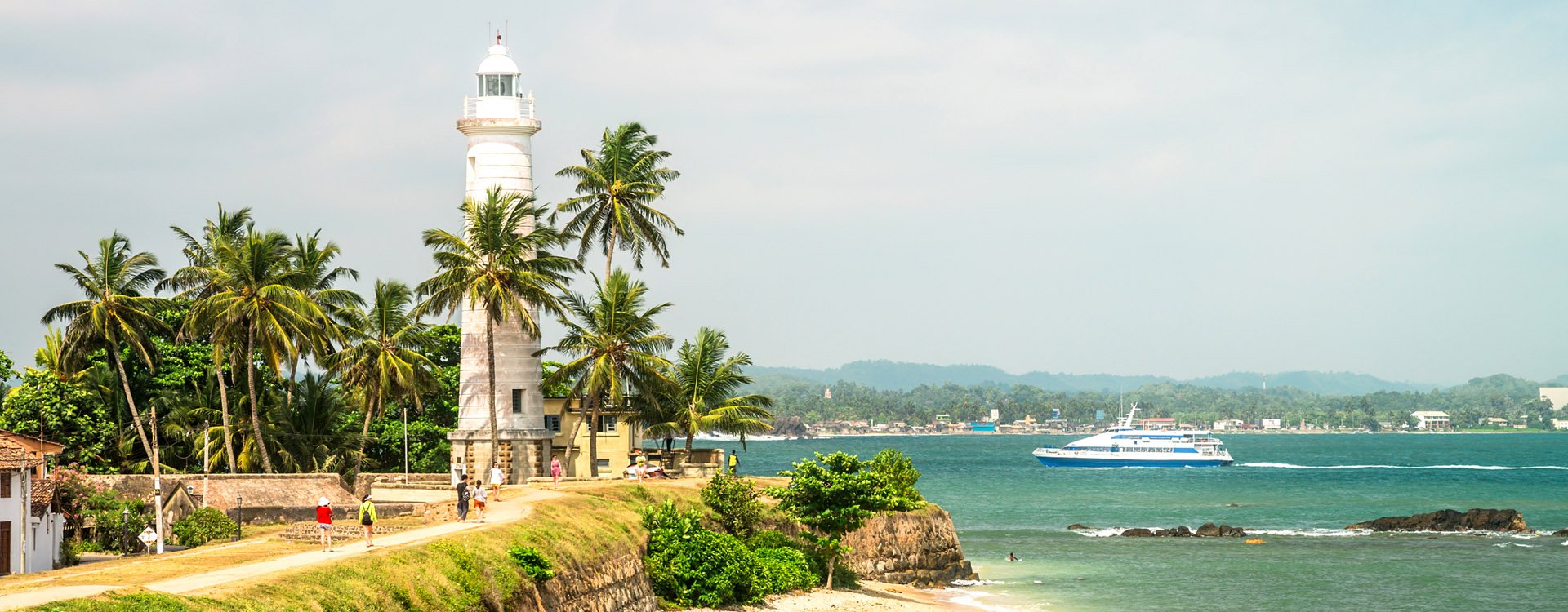
Galle Lighthouse
Nestled within the ancient walls of Galle Fort, a UNESCO World Heritage Site, the Galle Lighthouse stands as a beacon of maritime history and architectural elegance. Originally documented by the Dutch minister Philippus Baldaeus in the late 1650s, the site was known for its iron cannon and guiding lantern perched atop a rocky outcrop, a vital aid for sailors navigating the waters.
The first lighthouse, constructed by the British in 1848, was a striking 24.4 metres (80 ft) tall, made from cast iron plates imported from England. Designed by the talented architect Alexander Gordon, this white lighthouse graced the southwest bastion of Galle Fort, known as the Utrecht Bastion. Its fixed light, aided by prolate reflectors, could be seen from 19 kilometres (12 miles) away, guiding countless vessels safely into harbour until it was tragically destroyed by fire in July 1936.
In 1939, a new lighthouse was erected approximately 100 metres (330 ft) from the original site. Standing at 26.5 metres (87 ft), this concrete structure boasts a glass prism lens, ingeniously floating in a bath of mercury to minimise friction, ensuring its light shines brightly for all to see.
The Galle Lighthouse, or Pointe de Galle Light, is Sri Lanka’s oldest light station, located in Galle. Operated by the Sri Lanka Ports Authority, this historic lighthouse offers stunning views of the Indian Ocean, making it a must-visit for tourists and sailors alike.
Visitors to Galle can marvel at this historic lighthouse, strategically located at the southern tip of the promontory, rising about 6 metres (20 ft) above the road level. From the Point Utrecht Bastion, it offers breathtaking views of the ocean, making it an ideal spot for those looking to explore the beauty and history of this enchanting coastal town. Whether you’re a history enthusiast or simply seeking picturesque vistas, the Galle Lighthouse is a must-visit landmark on your journey.